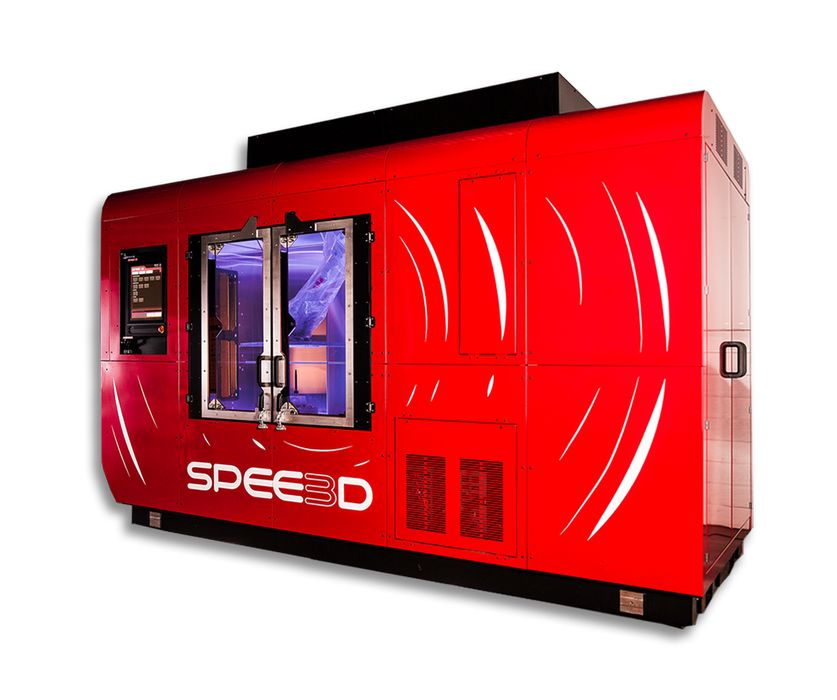
I had a thought about the equipment being used by 3D print services.
Today’s 3D print services, which are mostly migrating to various forms of contract manufacturing that use processes in addition to 3D printing, typically have a few different 3D printing processes available to clients.
In the early days such services would normally have only one or two technologies on site, usually from a single 3D printer manufacturer. But those days are long gone, as it turns out that clients don’t necessarily match the equipment.
And if you don’t have the equipment for the client, they’ll go somewhere else that does have the right type of equipment.
As a result, most 3D print services began to adopt alternative 3D printing processes. Even services operated by the 3D printer manufacturers themselves did so: for example, today at Stratasys Direct you’ll find equipment from many different 3D printer manufacturers, as well as plenty of post-processing gear.
They’ve all learned, it seems, that having a wider array of possible services is effective in gaining — and retaining — clients. Even existing clients could move away to another provider, should they realize they can’t get a particular service. So it’s in the best interest of the service to have as wide a breadth of offering as possible.
Because of this, most services tend to have a pretty standard set of services, which might look like this:
- FFF (or FDM if Stratasys)
- PolyJet
- SLA
- SLS
- DLMS
- Laser Cutting
- Sheet Metal
- CNC Milling
- Post-Processing (smoothing, painting, etc.)
Sounds good, doesn’t it?
But could this “process widening” go even deeper?
I think it could.
Today I read a press release from SPEE3D, which produces a “supersonic” 3D printer. Basically it jets fine metal particles at ultra-high speeds at a target, where molecular bonding occurs instantly. It’s an unusual 3D printing process that is effective for certain applications and situations.
The press release described the purchase of a unit from the company by Elementum 3D. They are a Colorado-based company that provides R&D for the creation of new AM materials. I suspect they’ll be identifying new alloys that are suitable for the SPEE3D equipment.
But then I thought, “Could 3D print services buy a SPEE3D unit, too?”
Such an acquisition would add yet another process to the service’s already long list of 3D printing processes. But it would address a few more niche application areas that are not covered by the basic list of processes.
This could be a way to scoop up a few more clients.
In fact, SPEE3D is not the only “unusual” 3D printing process on the market. There are others, such as any of the continuous carbon fiber device makers, or Fabrisonic, which produces a sheet-lamination 3D print process that uses ultrasound.
All of these unusual providers are able to address unusual application scenarios not handled by traditional 3D printing processes. They would not exist otherwise.
I’m now wondering if this area could be the next battleground for 3D print services? Could we see major 3D print services begin acquiring unusual technologies in an attempt to corner those markets before a competitor does? If they were first to market, they might collect enough niche business to prevent other services from having a sufficient client base to match.
That could be good news for the industry, which needs access to niche services, and also good for the equipment providers, who would sell more gear.
Via SPEE3D
